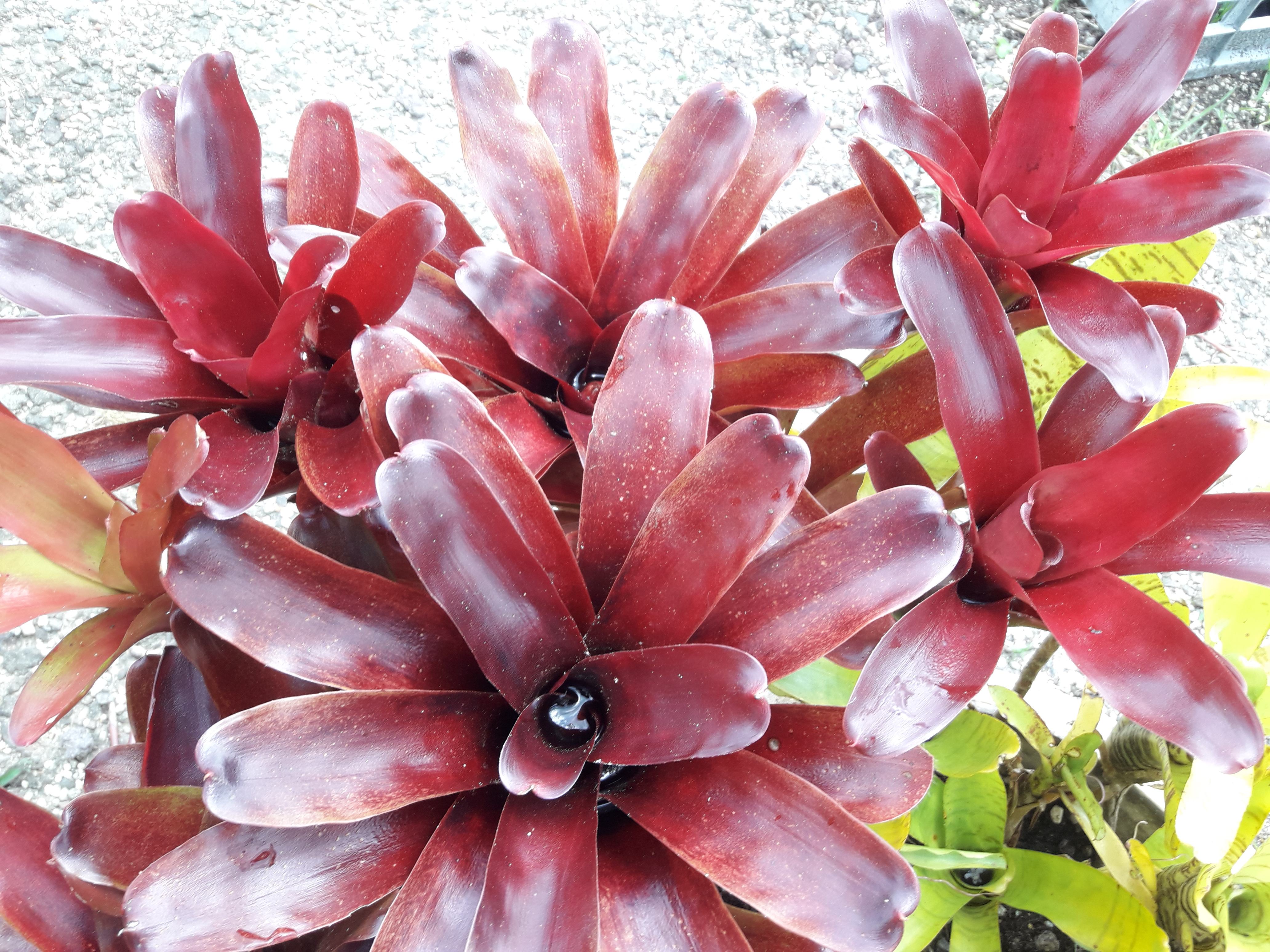Physical characteristics
A small,
Flowers and foliage
This small bromeliad produces leaves arranged in an urn shape which collect rainwater in the base. Leaves are
Preferred site
This bromeliad looks it best if planted in
Preparation for planting
Always choose healthy, well-grown
Maintenance tips
Apply an organic mulch
Pests and diseases
Nothing usually bothers bromeliads except for waterlogged conditions which will cause rot.
Location at Auckland Botanic Gardens
Logan Campbell Building
Interesting facts and tips
The water that is collected in the centre of the plant also collects fallen leaves and small insects. As these decay, the nutrients are released into the water and the plant is able to absorb them for its use.




.jpg?width=1200&height=1200&v=1d4024dceb89e50)

.jpg?width=1200&height=1200&v=1d5569224d63650)
 .jpg?width=1200&height=1200&v=1d4024df6ce2770)
.jpg?width=1200&height=1200&v=1d55676a892f2b0)
 .jpg?width=1200&height=1200&v=1d4024e3b65f7f0)